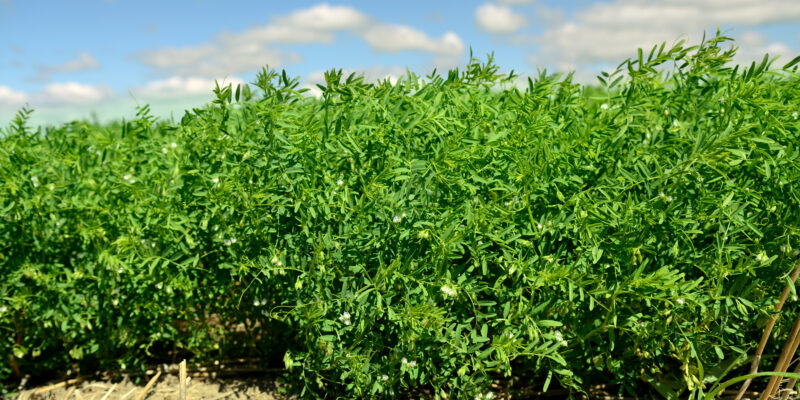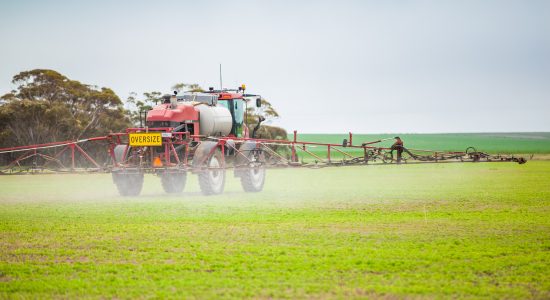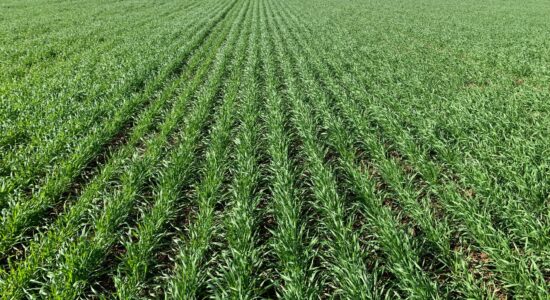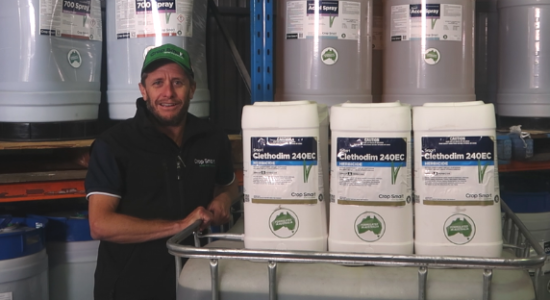
Boost Your Legumes
Why and How to Use Legume Inoculants in 2024
Legume crops like lentils, chickpeas, beans, and peas are nitrogen production generators, but even these hard working plants need a helping hand sometimes. That’s where legume inoculants come in, offering a natural boost that benefits both your plants and the environment.
Why Inoculate?
Australian soils often lack the specific types of bacteria, called rhizobia, needed for legumes to perform their magic trick: nitrogen fixation. These tiny partners form a symbiotic relationship with legume roots, converting atmospheric nitrogen into a usable form for the plant to use. This not only nourishes the current legume but also enriches the soil for future crops.
The Benefits:
- Increased yields: Studies show significant yield increases in inoculated legumes, sometimes surpassing 50%
- Reduced nitrogen fertilizer: By fixing their own nitrogen, legumes rely less on added nitrogenous fertiliser
- Improved soil health: Nitrogen fixation enriches the soil for subsequent crops, promoting healthy ecosystems and long-term sustainability.
- Wider adaptation: Inoculation can help legumes thrive in new environments or soils where native rhizobia are scarce.
How to Inoculate:
Using an inoculant can add great value to your cropping program, but there are some important factors to consider
- Choose the right product: Identify the specific legume type you’re planting and match it with the compatible rhizobia group. Thankfully, Australia has a well-developed inoculant market with readily available options. Granule, peat and freeze dried are the most common forms.
- Follow the instructions: Different products have specific application methods;
- Commonly involves mixing the inoculant with water and coating the seeds before planting
- Applying a granule inoculant in-furrow at sowing
- Mixing the inoculant with water and applying it as a liquid stream in-furrow
- Maintain optimal conditions: Ensure proper soil moisture and avoid harsh chemicals that can harm the delicate bacteria. Chorine and salt in the water will kill rhizobia.
Remember:
- Not all legumes require inoculation. If your soil already has the right rhizobia, it might be unnecessary.
- Always check the expiry date on your inoculant and store it properly for best results.
- Consult your local Crop Smart Store or your Agronomist for specific recommendations based on your region and crop type. There is a new Acid Tolerant Rhizobia strain available that may be the right fit for your farm.
- Peat inoculants are the most popular and if conditions are not ideal you can increase the rate to increase the chance of adequate Rhizobia survival.
By harnessing the power of legume inoculants, you can unlock the full potential of your legume crops, contributing to a more profitable and sustainable rotation.
Reach out to your Crop Smart rep know if you have any questions about inoculants, including the acid tolerant strain available now.








